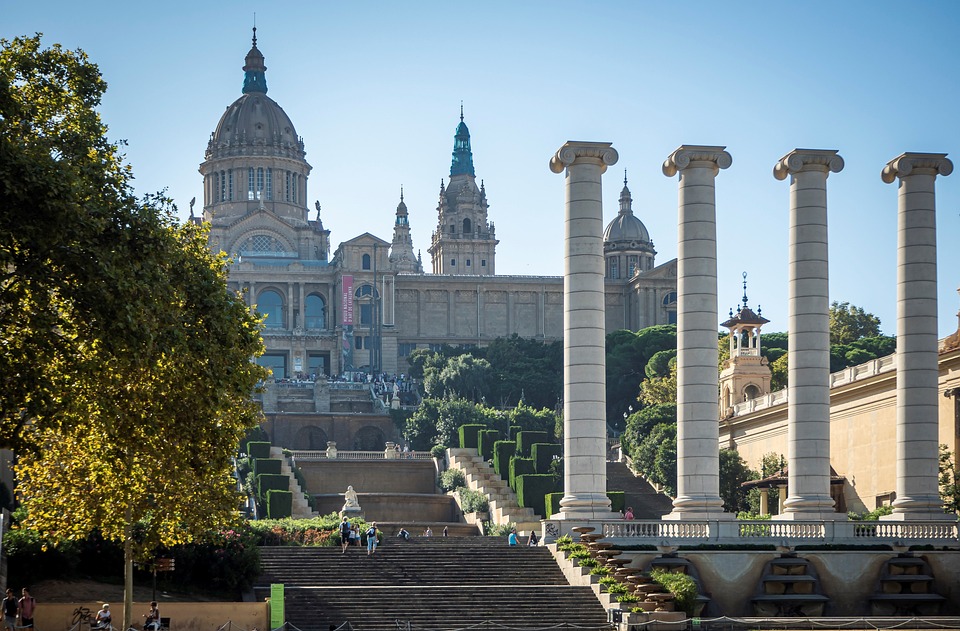Introduction
Barcelona, the vibrant capital of Catalonia, Spain, is a city steeped in rich history. From Roman settlements to the architectural marvels of Antoni Gaudí, Barcelona offers a fascinating journey through the centuries. Let’s delve into the captivating history of this iconic city.
The Roman Influence
Barcelona’s history dates back over 2,000 years, beginning with its foundation as a Roman colony known as Barcino. The Romans established the city in the 1st century BC and left behind significant architectural remnants, including the well-preserved Roman walls which can still be admired in the Gothic Quarter today. The Romans also built the impressive Temple of Augustus, a small but stunning temple dedicated to the emperor, which serves as a reminder of their presence in the city.
The Middle Ages and Gothic Heritage
During the Middle Ages, Barcelona flourished as a Mediterranean trading hub. The influence of this period can be seen in the stunning Gothic architecture that characterizes the historic core of the city. Marvel at the towering Gothic Cathedral of Barcelona, a masterpiece that took over six centuries to complete and showcases intricate stone carvings and stunning stained glass windows. Explore the enchanting narrow streets of the Gothic Quarter, where medieval palaces and buildings transport you back in time.
The Modernist Movement and Antoni Gaudí
One of the most significant chapters in Barcelona’s history is undoubtedly the emergence of the modernist movement at the end of the 19th century. This artistic revolution, also known as Catalan modernism, was marked by the genius of Antoni Gaudí. Gaudí’s iconic architectural marvels, such as the awe-inspiring Sagrada Familia and the whimsical Park Güell, have become world-renowned symbols of Barcelona. These structures, characterized by their organic shapes and intricate details, showcase Gaudí’s unparalleled creativity and unique architectural style.
The Spanish Civil War and Franco Era
Barcelona faced a period of intense political and social turmoil during the Spanish Civil War (1936-1939). The city was a stronghold of the Republican forces fighting against the Nationalists led by General Francisco Franco. After the war, during Franco’s authoritarian regime, Barcelona experienced repression and the suppression of Catalan language and culture. However, despite these difficult times, the city managed to preserve its spirit of resilience and its vibrant artistic and cultural traditions.
The Olympic Games and Modern Barcelona
The 1992 Olympic Games marked a turning point for Barcelona, transforming it into a global city. The Games spurred extensive urban development projects, including the construction of the iconic Olympic Port and the modernization of several neighborhoods. Barcelona’s waterfront underwent a remarkable transformation, embracing its Mediterranean spirit and becoming a focal point for leisure and recreation.
FAQs
1. What are the must-see attractions in Barcelona?
While there are countless attractions in Barcelona, some must-see highlights include the Sagrada Familia, Park Güell, the Gothic Quarter, Casa Batlló, and the Magic Fountain of Montjuïc.
2. How long should I spend exploring Barcelona’s historical sites?
To fully appreciate Barcelona’s rich history, it is recommended to spend at least three to four days exploring the city. This will allow you to visit the main historical sites, delve into the museums, and immerse yourself in the vibrant atmosphere of the different neighborhoods.
3. Can I take guided tours to learn more about Barcelona’s history?
Absolutely! Barcelona offers a wide range of guided tours that cater to various interests and time constraints. Whether you prefer walking tours, bike tours, or even hop-on hop-off bus tours, there are plenty of options available to help you discover the city’s captivating history.

